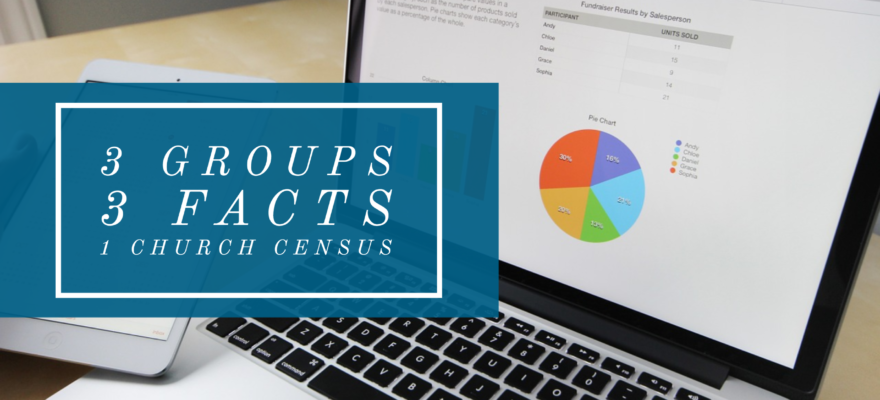by Franklin Dumond, Director of Congregational Ministries
Three Groups
Simple record-keeping provides an effective strategy to track progress as the church re-gathers from the shutdown imposed by this year’s pandemic.
This record-keeping can be complex and utilize advanced computer programs or a simple notebook can contain the essential records for the smaller church. The church leader with a working knowledge of spreadsheets can easily create a working tool to assist this very important ministry activity.
Some of this activity will happen accidentally or even naturally. With a modest effort, however, a good set of basic records can advance the process and enhance the ministry and growth of the church.
This record-keeping should identify three groups of attenders:
List #1: Members/regular attenders.
In Baptist churches, it is very important to have a list of members to maintain the congregational polity of the church. It is also very important to maintain a list of all the folks who are regular attenders. Regular attendees will generally be those folks who attend at least once every 6-8 weeks. Tracking weekly attendance can be a vital part of pastoral care and can be an aid in closing the back door if absentees are noticed and cared for.
List #2: Guests.
Guests are those who are attending for the first few times. Follow-up is impossible unless there is a mechanism to gain contact information from those who are guests. A good source of this information is a communication card that allows folks to share their information. Gifts at the welcome center also provide an incentive for completing the communication card.
List #3: Prospects
Prospects are those who have not yet attended. They may be family members and friends of regular attenders. They may be other folks from the community who have some connection with the church’s ministries. Prospects are only prospects if contact information is available for them and if some intentional effort is being made to cultivate them for attendance.
Once identified as prospects they can be included on prayer lists, invitation lists, mailing lists, etc.
Three Facts
As soon as possible three essential facts need to be recorded for every regular attender. The date of birth and/or date of first attendance needs to be on file. Date of birth allows age-appropriate targeting. For example, those who are under 5 will not be targeted for evangelism and membership while those over 15 will always be the target for evangelism and membership.
A conversion date is essential for all regular attenders/members. Many believers will not remember the specific date but can relate “I was 10 years old”. Records can be developed so that a realistic or working conversion date can be developed for everyone. Those who do not have a conversion date are then the specific targets for age-appropriate evangelism and special invitations to new member/discipleship classes.
A baptism/membership date for all regular attenders is essential. Baptism should never be separated from membership. Those who do not have a baptism/membership date on record are then the specific targets for contact and follow-up to help them make these very important decisions.
Church Census
One good way to gain this information is to do a church census every couple of years. Advertise that the church is reviewing all its records and looking to have a more accurate discipleship record for its attenders.
This is especially easy this year since the federal census is scheduled for 2020 and the follow-up work to complete it has now started. It would have been even easier in the Spring when there was a lot of promotion of the census but our congregations were scattered then so we didn’t do much of this kind of work. You may request a sample church census form that is easily copied by responding to this e-mail.
Another good way to keep this information up to date is to have a member profile form as part of the new member’s/discipleship class. This form is completed at the conclusion of the class as part of the membership application.
Way back in the Old Testament the Lord offered sound advice that still rings true today:
“Take a census of the whole Israelite community” Numbers 1:2


